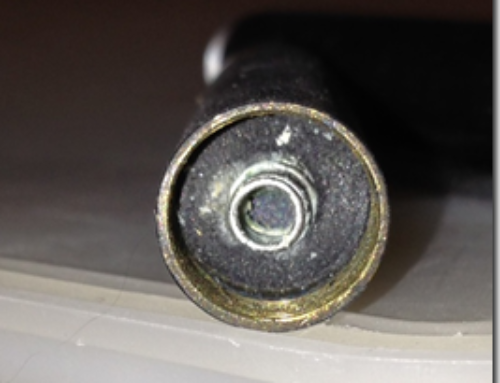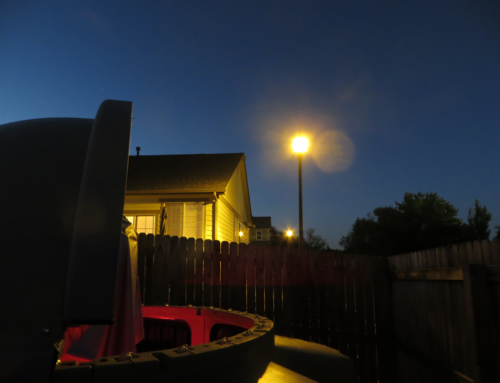In a previous post I reviewed how the angular field of view of an image sensor is related to the focal length of the optical tube and the sensor size. We then applied this analysis to look at the field of views of the small image sensors like the Skyrix I use for planetary work and for guiding.
In this post, we look at the field of view of the Canon 60Da camera we use with the C925 telescope and when we will have the new 0.62 focal reducer.
Here is the listing of the fields of view for the Canon 60Da:
| canon 60Da | 22.3 mm | 14.9 mm | 4.2 u |
| C925, 2350 mm | 0.54 deg | 0.36 deg | 0.37 arc-sec/pixel |
| C925 focal reducer,1504 mm | 0.85 deg | 0.56 deg | 0.71 arc-sec/pixel |
 The field of view of the C925 is 0.54 deg x 0.36 deg. This is a narrow field of view. In particular, it is smaller than the diameter of the moon. At its largest, the moon is 35 arc-min in diameter, which is 0.58 degrees. This is a problem when trying to image the moon. It doesn’t fit in the frame.
The field of view of the C925 is 0.54 deg x 0.36 deg. This is a narrow field of view. In particular, it is smaller than the diameter of the moon. At its largest, the moon is 35 arc-min in diameter, which is 0.58 degrees. This is a problem when trying to image the moon. It doesn’t fit in the frame.
Here is an example of the moon at 80% full, in the C925 using the Canon 60Da without the focal reducer. While it almost fits horizontally, it’s way too big vertically.
This is the motivation for getting the focal reducer. With the reducer, the FoV will be 0.85 deg x 0.56 deg. The moon, at 0.58 deg, should fit in this field of view. This is on the list to shoot next time the moon is out.




